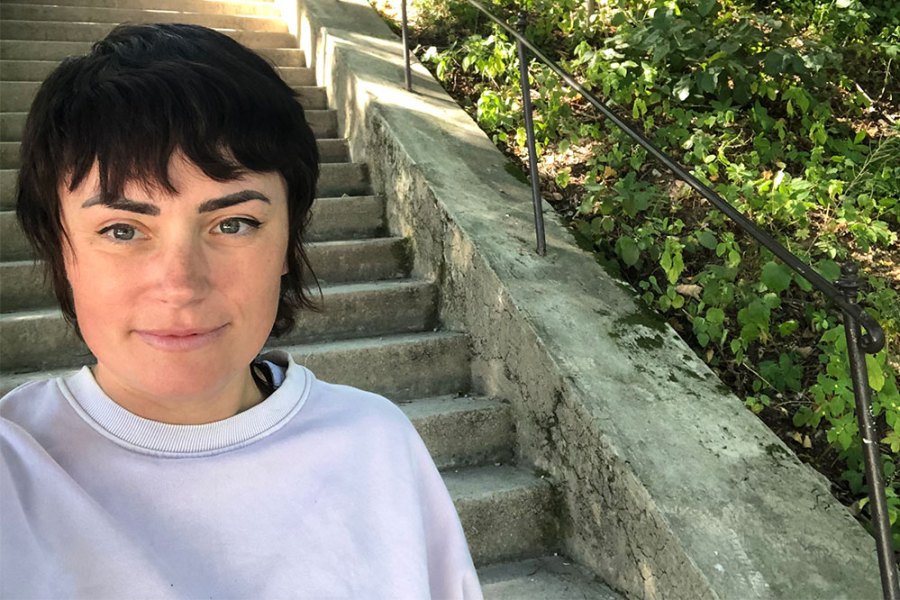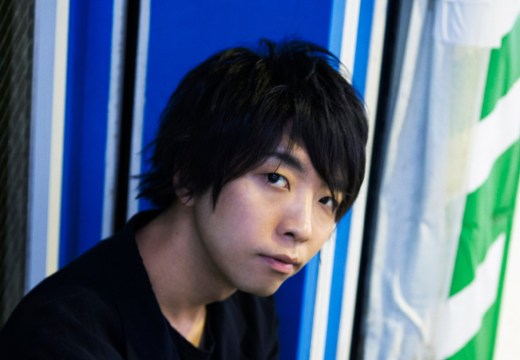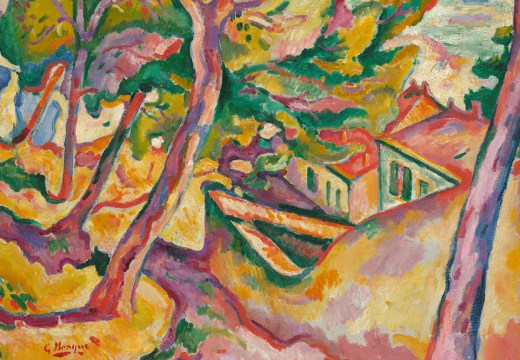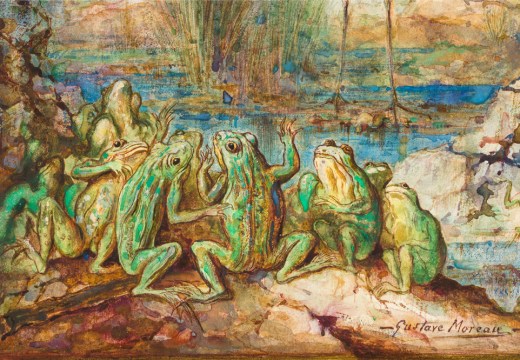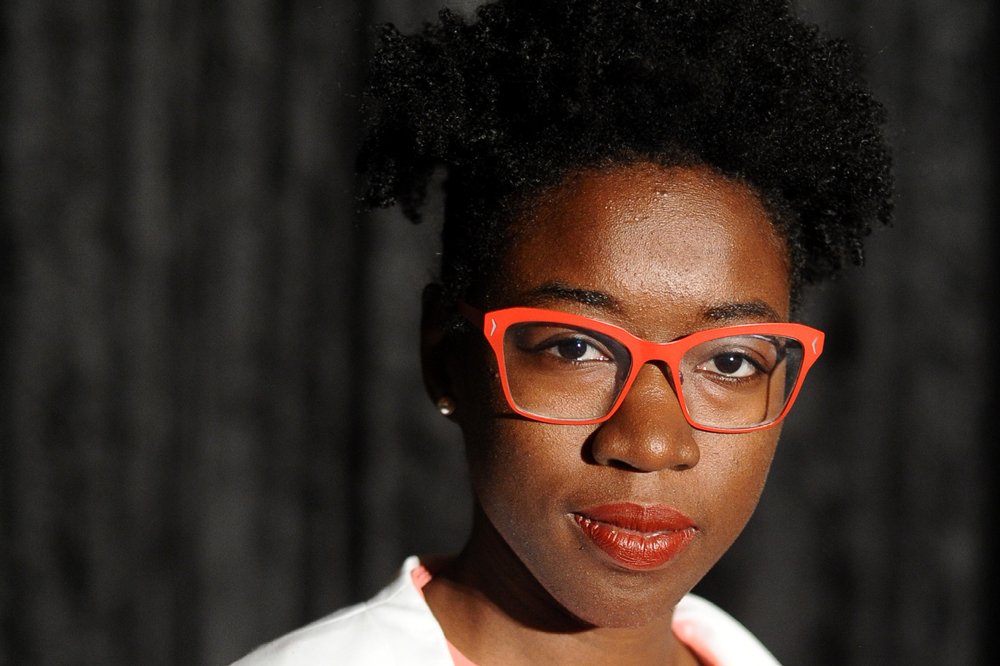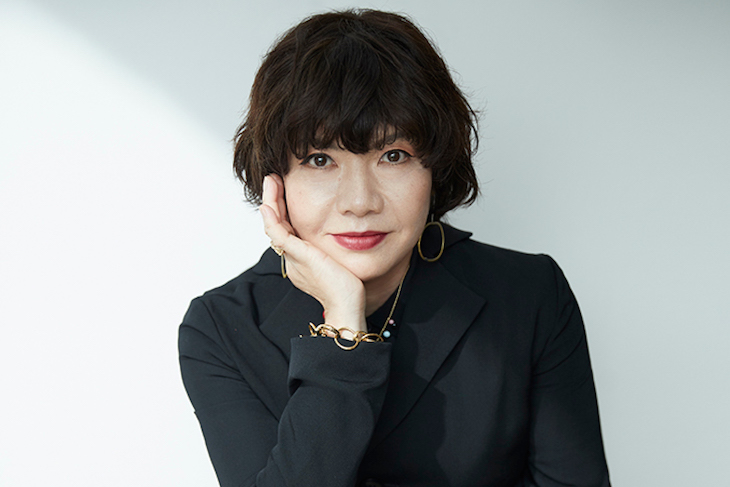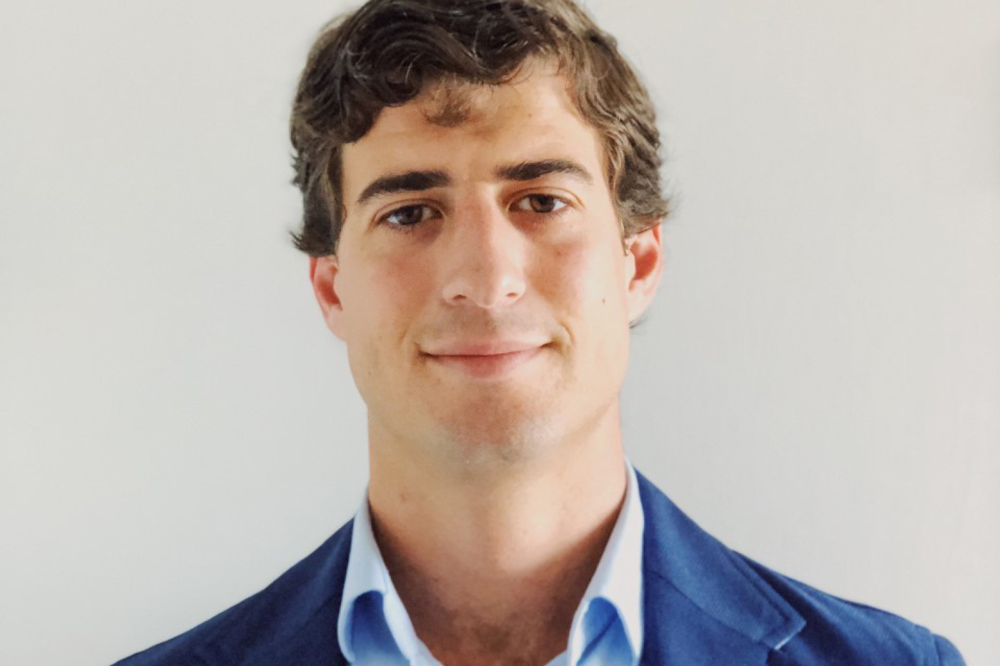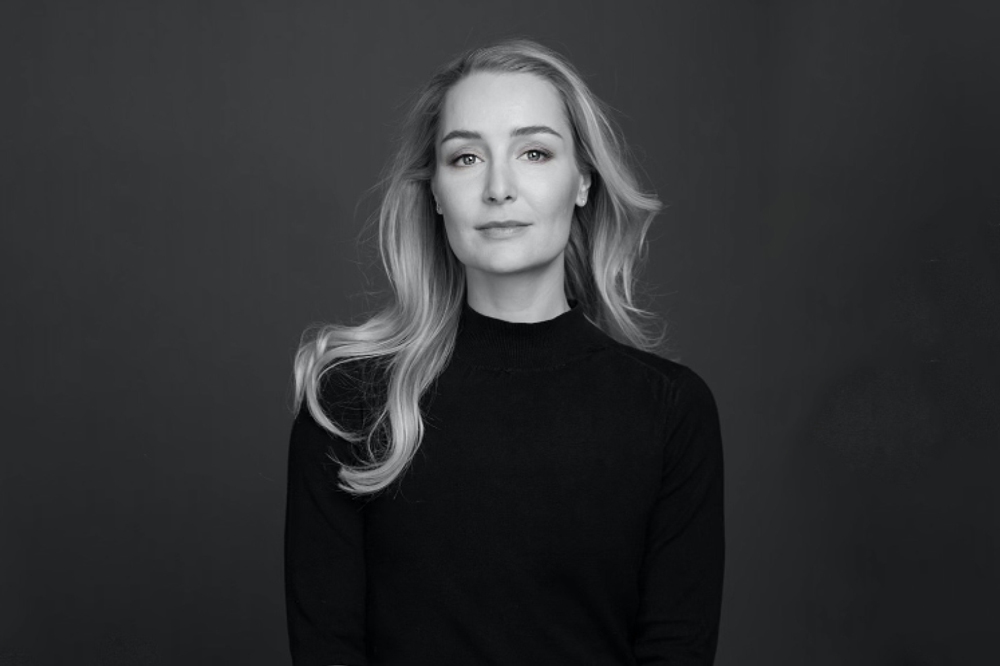London and Nottingham
For her first solo show at Seventeen Gallery in London, which took place this past spring, Joey Holder immersed visitors in an eerie virtual world in which H.R. Giger-esque computer-generated creatures wriggle and writhe – a seemingly extraterrestrial landscape, lit in cool blues and greens and soundtracked by tense screeches and electronic gurgles. But for all its sci-fi aesthetics, Abyssal Seeker [Demersal Zone] (2021) took its inspiration from a source a little closer to home. ‘I was in South Korea, just visiting, and I ended up visiting an eel farm,’ she says. We are speaking via Whereby, the Norwegian Zoom alternative for the privacy savvy. ‘I did some filming there of these eels kept in huge vats and then I started to do some research.’
The focus of her research was the European eel, which, it turns out, is a deeply mysterious creature. Nobody knows how long the species lives in the wild, and for centuries nobody had any idea about its breeding patterns. Only in 1920 did the Danish biologist Johannes Schmidt begin to pinpoint a life cycle that takes the snake-like fish from the brackish coasts of western Europe more than 3,000 miles to the Sargasso Sea, where they breed, and then die, leaving their larvae to drift for 300 days back to Europe.
![Abyssal Seeker [Demersal Zone] (2021), Joey Holder, installation view at Seventeen, London.](http://www.apollo-magazine.com/wp-content/uploads/2021/09/Holder-Abyssal-Seeker-Demersal-Zone-FILM-2.jpg?resize=730%2C487)
Abyssal Seeker [Demersal Zone] (2021), Joey Holder, installation view at Seventeen, London. Courtesy Seventeen
‘Nobody has ever witnessed it breed,’ Holder tells me. ‘They don’t know how this animal makes this huge journey across all these miles. So I started to explore that.’ Before their starring role in Abyssal Seeker, the eels appeared in the project Semelparous (2019–20), in which the artist’s footage from the Korean eel farm is combined with computer-generated imagery, blurring the lines between the real and the virtual. The project – similarly to Abyssal Seeker – has gone through different iterations in exhibitions in London, Vienna and currently at this year’s British Art Show (in Aberdeen until 10 October; then touring). Not an alien world, then, but somewhere almost equally unknown: the deepest reaches of our own oceans.
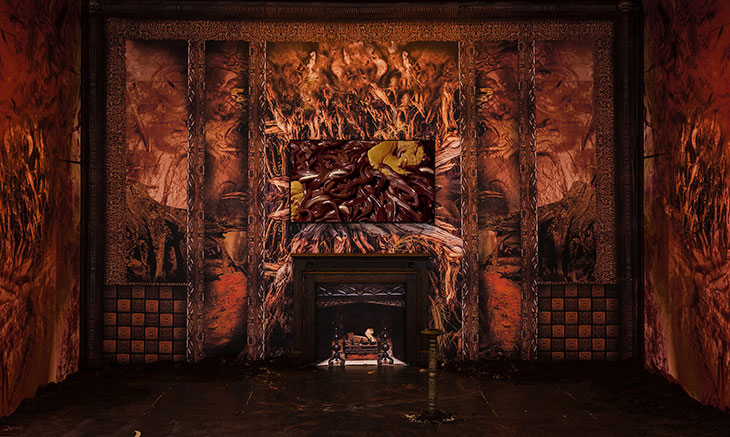
Semelparous (2019–20), Joey Holder, installation view at Springhealth Leisure Centre, London, 2020. Courtesy Seventeen
I first encountered Holder’s work in a group show entitled ‘The Uncanny Valley’ at Wysing Arts Centre, Cambridge, back in 2015. Her work there – a computer-generated print spread across the gallery floor, composed of fleshy pinks and mauves, both crystalline in pattern and weirdly bulbous – was called Feldspar [Hadal Zone] and marked the beginning of the artist’s interest in the sea floor (the ‘hadal zone’ is the deepest region of the world’s oceanic trenches). ‘Wysing is probably one of the most special places I’ve ever been to,’ Holder says now, hymning the generosity and support of the centre’s late director Donna Lynas and the area’s unique mix of rural idyll and hi-tech industry, which has led to the nickname ‘Silicon Fen’.
Earlier that year Holder had taken part in a residency at Wysing which saw her collaborating with scientists from the British Antarctic Survey and the Wellcome Genome Campus (both locally based), and culminated in a solo show at the centre in 2016. The exhibition ‘Ophiux’ featured oversized reproductions of biological imaging machines and genetic sequencing equipment alongside films and other sculptural elements – the setting for an ‘imagined […] hi-tech biotech company tracking the DNA sequences of different species and storing them in databanks’, as Holder tells me. It painted a cold, quasi-dystopian vision of the future in which DNA has become just another commodity. ‘And of course,’ Holder points out, ‘that is what is being done today, with the Human Genome Project and the Earth Bank of Codes.’
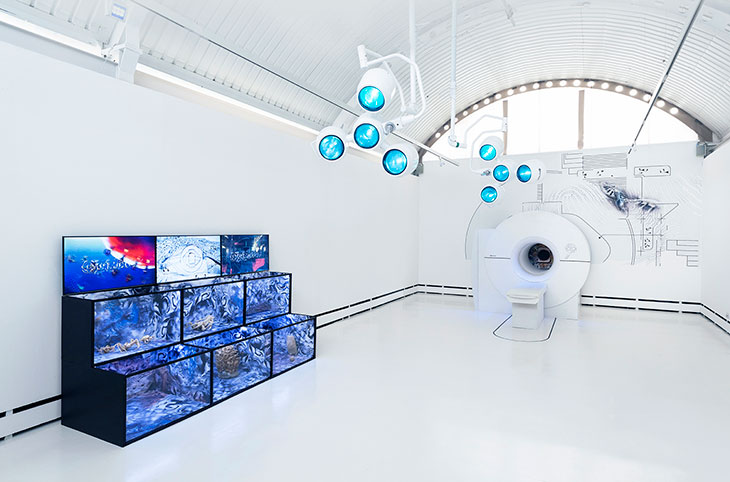
Ophiux (2016), Joey Holder, installation view at Wysing Arts Centre, 2016. Courtesy Seventeen
When we speak in early September, Holder is quarantining in a Slovenian hotel room after a positive Covid test. She was just about to return home from installing the latest version of Abyssal Seeker at the 34th Ljubljana Biennale of Graphic Arts when the test result forced an unplanned extension to her trip. Now almost fully recovered from what proved to be only a brief illness, she’s keen to point out the positive moments amid the pandemic. There have been multiple shows, both in person and online. And if a year and a half of virtual meetings has made her want to ‘throw every computer in the bin’ and ‘get back into the studio’, it’s also stimulated a desire to project ‘a more optimistic view’ through her work. In a way, Abyssal Seeker is already an expression of that. In contrast to the darkness of Ophiux, Holder sees the deep sea creatures of the demersal zone as a form of resistance to the universal surveillance of contemporary society, and the darkened ocean floor itself as ‘a metaphor for escape: somewhere you can go where you can’t be tracked, far from the gaze of data’. We can expect more of this newly utopian spirit in Holder’s contribution to the Sydney Biennale next year, where she intends to continue the oceanic journey of Abyssal Seeker.
Unlimited access from just $16 every 3 months
Subscribe to get unlimited and exclusive access to the top art stories, interviews and exhibition reviews.

